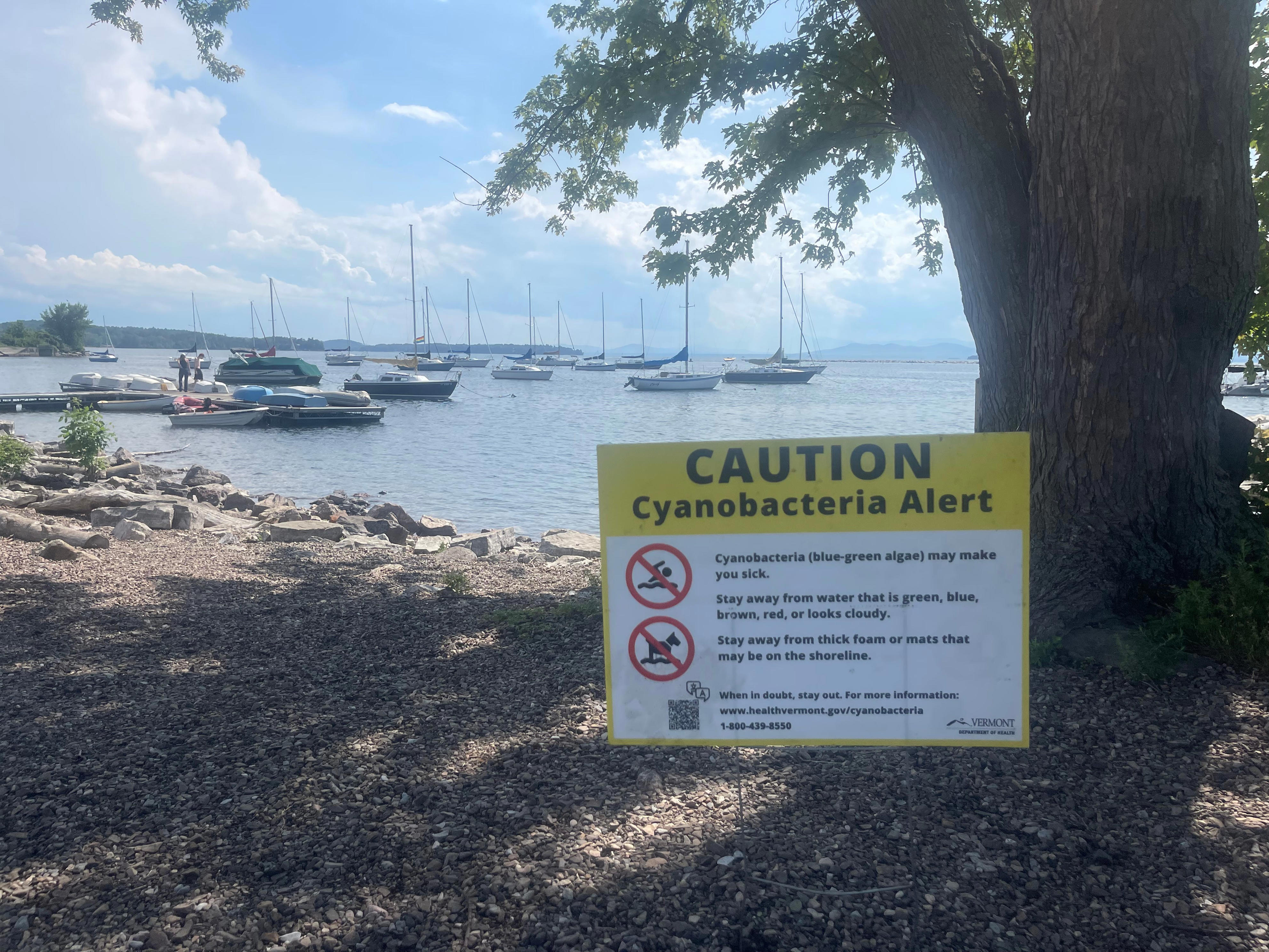Why My Local Beach Is Closed: Understanding Cyanobacteria Blooms

Understanding Cyanobacteria Blooms in Vermont
As the summer heat intensifies across Vermont, lakes and rivers become popular spots for residents and visitors seeking relief from the warmth. However, beneath the surface of these refreshing waters lies a potential threat: cyanobacteria. These microscopic organisms, often referred to as blue-green algae, are naturally present in freshwater environments such as Lake Champlain and other waterways in the state.
Cyanobacteria blooms can be a nuisance, disrupting recreational activities and raising concerns about public health. While not all blooms are harmful, some species produce toxins that can pose serious risks to humans and animals. The Vermont Department of Health warns that exposure to these toxins can lead to a range of health issues, depending on the level of exposure and the type of toxin involved.
Health Risks Associated with Cyanobacteria
Contact with cyanobacteria can cause skin irritation, rashes, or allergic reactions when water droplets containing the bacteria are inhaled. Ingesting water contaminated with high levels of cyanotoxins may result in severe gastrointestinal symptoms, including abdominal pain, diarrhea, and vomiting. More serious effects, such as liver damage, can occur and may take hours or even days to manifest.
Other reported side effects include numbness in the lips, tingling in the fingers and toes, and dizziness. It is important to note that not all cyanobacteria blooms are toxic, and it is impossible to distinguish between safe and harmful blooms with the naked eye. Specialized testing is required to determine the presence of toxins.
To prevent exposure, local authorities often issue beach closures when cyanobacteria levels exceed safe limits. These closures are a precautionary measure aimed at protecting public health. Experts strongly advise against swimming in areas where cyanobacteria blooms are suspected, as the risk of illness is significant.
A History of Cyanobacteria Concerns
The dangers of cyanobacteria were first recognized in 1999 when several dogs died after swimming in toxic blooms. Since then, various agencies have taken steps to monitor and manage these occurrences. One such organization is the Lake Champlain Committee, which trains volunteers throughout the Champlain watershed to identify and report cyanobacteria sightings.
Lindsey Carlson, the Water and Science Program Coordinator for the Lake Champlain Committee, describes large cyanobacteria blooms as appearing green or blue, with small particles floating on the water's surface. She compares the appearance to "pea soup," noting that the blooms often reflect sunlight and form clumps near shorelines.
What Causes Cyanobacteria Blooms?
Cyanobacteria have existed on Earth for millions of years and are among the first organisms capable of photosynthesis. They thrive under specific conditions, including warm temperatures, ample sunlight, and calm water. These factors contribute to the formation of large accumulations, or blooms, particularly in shallow, calm areas near beaches.
In addition to cyanobacteria, other contaminants such as E. coli can also be found in Lake Champlain. These bacteria often appear after wastewater treatment plant spills, which can temporarily make the water unsafe for swimming. Local authorities typically issue do-not-swim advisories in affected areas, and water quality usually returns to normal within a few days.
What Should You Do If You Encounter Cyanobacteria?
If you come into contact with water that may contain cyanobacteria or other harmful substances, it is recommended to rinse off with clean water immediately. If you experience any unusual symptoms, consult a healthcare professional. If you suspect a cyanobacteria bloom, report it to the Lake Champlain Committee through their online form or by calling (802) 658-1414.
Staying informed and taking precautions can help ensure a safer and more enjoyable summer in Vermont’s lakes and rivers.
Post a Comment for "Why My Local Beach Is Closed: Understanding Cyanobacteria Blooms"
Post a Comment